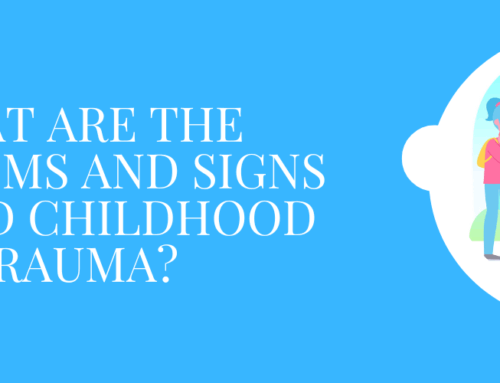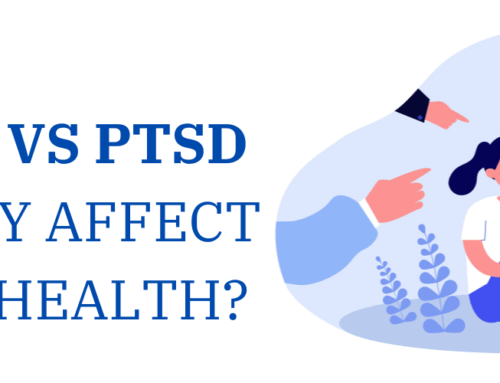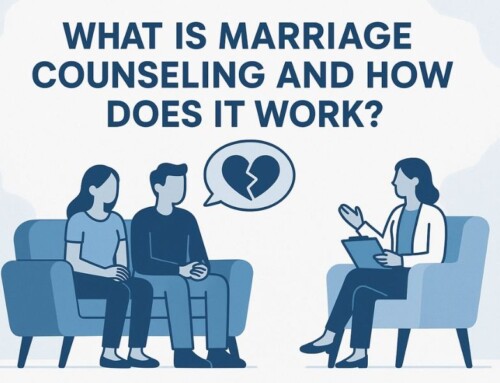Can Play Therapy Themes Reveal What My Child Is Feeling?
TL;DR
|
|---|
As therapists, we often say: “Play is the child’s language, and toys are their words.” For children, especially those between 3 and 12, play is more than just a pastime; it’s how they make sense of the world, navigate big emotions, and work through what they can’t yet say out loud.
If you’ve ever watched your child build a fort, rescue a stuffed animal, or create an epic battle between good and evil, you’ve witnessed something deeper. These recurring patterns in their play aren’t random. They’re themes, and they often reflect exactly where your child is emotionally.
In this article, we’ll gently unpack the most common play therapy themes, like control, safety, nurturance, aggression, and loss, and what they might mean in the context of your child’s life.
Because when we pay attention to how children play, we begin to see how they heal.
What Are Play Therapy Themes and Meanings?
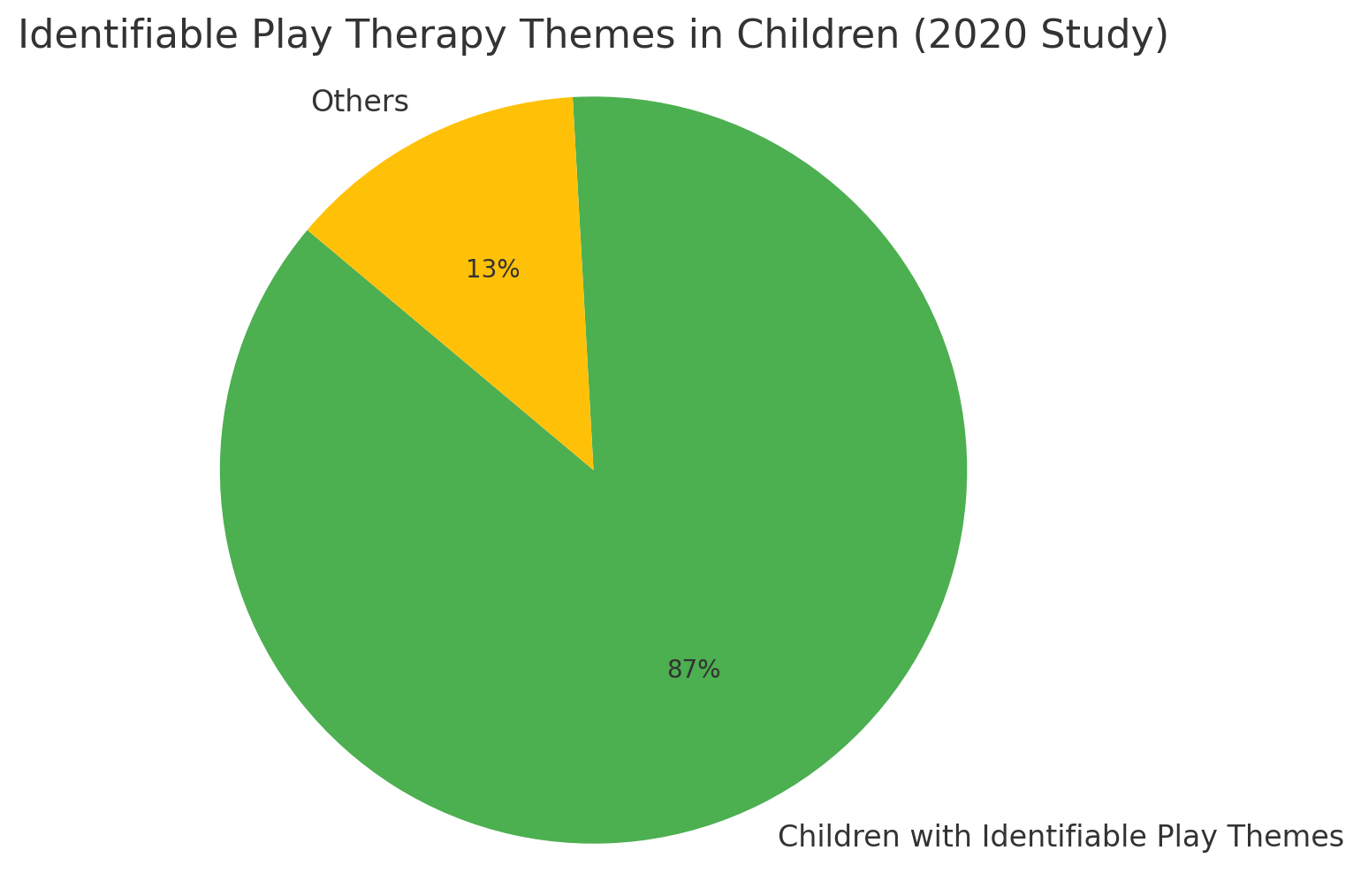
Play therapy themes are recurring emotional or symbolic threads in a child’s play. You might notice your child always “saving the baby,” building walls, hiding toys, or battling the same villain. These patterns aren’t random; they’re messages. They show up not once, but over time, and they help us understand the deeper emotional content your child may not yet be able to name.
In that space, they’re telling a story, often without saying a word. As therapists, we listen by watching. And what we often see are themes, repeating patterns in play that quietly reveal what the child is working through emotionally.
When Words Don’t Work, Play Speaks
Many young children can’t say “I’m scared,” or “I feel out of control.” But they can act it out. In play therapy, we honor play as the child’s language, and this is how we start interpreting play therapy themes.
It is a natural, developmentally appropriate way for them to say things they don’t yet have the vocabulary for. A buried soldier, a locked door, a rescued puppy, these become symbols that speak volumes.
Research backs this up.
A 2020 study published in Clinical Child Psychology and Psychiatry found that therapists could identify meaningful play themes in 87% of children during structured observation sessions. And numerous meta-analyses report that play therapy produces strong effect sizes, often between 0.35 and 0.80, for emotional, social, and behavioral improvements.
That’s not just promising; it’s powerful.
What are the Common Play Therapy Themes & What They May Mean?
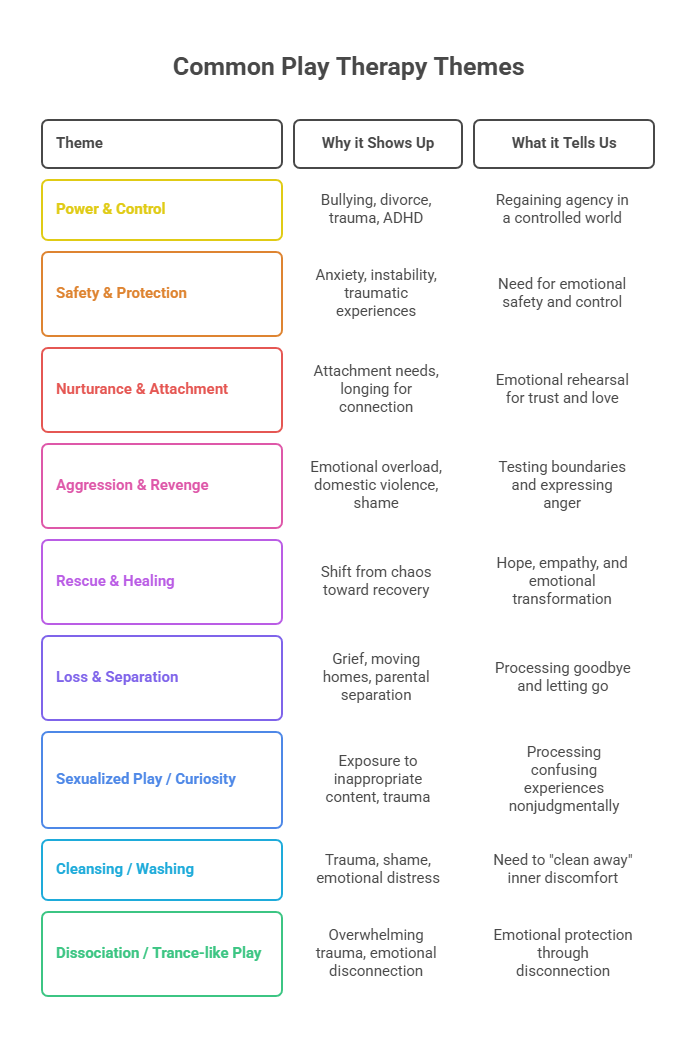
Children don’t always say what they feel, but they often show us, again and again, through their play. When we notice consistent storylines or behaviors across sessions, we start to identify themes, emotional patterns that offer glimpses into their inner life.
Here are some of the most common themes we see in play therapy, and what they may gently reveal.
1. Power & Control
Some children create entire worlds where they’re the superhero, the boss, or the one making all the rules. This theme might look like repeated battles, dominating play, or insisting on being “in charge.”
Why it shows up:
Often, this theme emerges after a child has experienced something where they felt powerless, such as bullying, divorce, or trauma. It’s also common in children navigating ADHD (attention deficit hyperactivity disorder), where they may struggle with impulse control and structure in daily life.
What it tells us:
In the playroom, these roles allow the child to regain agency in a world they can control. It’s not about aggression, it’s about restoring balance where they’ve lost it.
2. Safety & Protection
You might see your child building forts, hiding characters, locking doors, or protecting smaller figures like animals or babies.
Why it shows up:
These behaviors often reflect anxiety, instability, or exposure to traumatic experiences, even ones that may seem minor to adults but feel overwhelming to a child.
What it tells us:
This theme signals a need for emotional safety. Through play, the child is constructing a world where they (and others) are finally safe and in control of their environment.
3. Nurturance & Attachment
This theme can show up in tender caregiving scenes, feeding dolls, soothing stuffed animals, and putting characters to bed.
Why it shows up:
It may reflect the child’s own attachment needs, a longing for connection, or an attempt to make sense of caregiving relationships. It’s also seen in children facing developmental or adaptive challenges who are learning how closeness and care function.
What it tells us:
This isn’t just pretend parenting. It’s an emotional rehearsal for trust, love, and relational repair.
4. Aggression & Revenge
Some children gravitate toward destruction, breaking toys, launching attacks, defeating villains over and over.
Why it shows up:
Aggressive themes can be a release valve for emotional overload or a reenactment of experiences involving domestic violence, shame, or fear. Sometimes, it’s a way of exploring limits when life feels out of control.
What it tells us:
This isn’t “bad behavior”, it’s meaningful. It’s how a child tests boundaries, expresses anger safely, and begins the long process of integration.
5. Rescue & Healing
In these stories, someone’s always getting saved, whether it’s a trapped animal, a hurt doll, or a wounded superhero.
Why it shows up:
These themes often emerge as children begin to shift from chaos toward recovery. They may be reenacting a moment where they wished someone had helped, or they’re imagining what healing might feel like for themselves or others.
What it tells us:
These narratives reflect hope, empathy, and transformation, a sign that your child is moving toward emotional repair.
6. Sexualized Play / Curiosity
You may notice dolls being undressed, body parts being explored, or suggestive interactions between figures. Sometimes these actions repeat or appear out of developmental context.
Why it shows up:
While some sexual exploration is normal in early childhood, persistent or explicit play may signal exposure to inappropriate content or past trauma.
What it tells us:
This type of play can reflect a child’s attempt to process confusing experiences. It requires gentle, nonjudgmental observation and, when needed, trauma-informed support.
7. Cleansing / Washing
Children may repeatedly wash toys, dolls, or themselves, especially using water, sand, or pretend soap.
Why it shows up:
This theme often emerges in children coping with trauma, shame, or emotional distress. It may also appear after intrusive experiences involving their body.
What it tells us:
Washing play can symbolize a need to “clean away” inner discomfort, offering clues to deeper emotional wounds or unmet needs.
8. Dissociation / Trance-like Play
The child may zone out during play, repeat actions without emotion, or shift suddenly between disconnected stories or characters.
Why it shows up:
This theme can appear in children who have experienced overwhelming trauma, especially when their coping strategy is to emotionally disconnect.
What it tells us:
It’s not about disinterest, it’s about emotional protection. Trance-like play suggests dissociation, and highlights the importance of creating a safe, attuned therapeutic environment.
When to Pay Attention: What are the Patterns That May Matter?
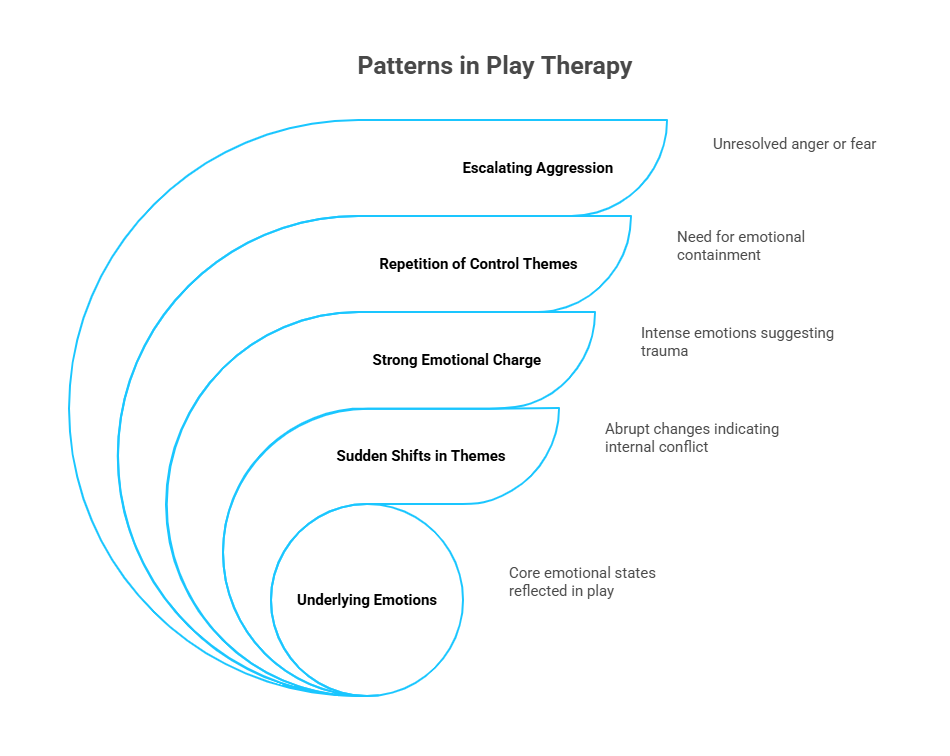
While not every dramatic or imaginative play scene signals something serious, certain patterns are worth noticing, especially when they persist or intensify over time. In play therapy, we don’t rush to interpret a single session. Instead, we look for consistency, intensity, and shifts in themes across multiple sessions. The same is true for parents observing their child’s play at home.
Here are a few patterns that may signal your child is working through something deeper:
1. Aggression That Escalates Over Time
Occasional “bad guy” play or playful conflict is normal.
But if the aggression becomes more intense, destructive, or emotionally charged over time, it may reflect unresolved anger, fear, or emotional dysregulation. This is especially true if the play feels out of control or causes distress to the child or others.
2. Repetition of Control or Safety Themes
A child who repeatedly builds barricades, rescues helpless figures, or enforces strict rules may be signaling an ongoing need for emotional containment.
When themes of control or protection dominate the play session after session, it may suggest the child feels unsafe, overwhelmed, or powerless in daily life.
3. Strong Emotional Charge or Fragmentation
Sometimes, a child’s play becomes unusually intense, filled with yelling, panic, sudden mood changes, or disorganized storytelling.
This may point to the presence of traumatic experiences or unprocessed emotions. Fragmented or chaotic play can reflect inner emotional fragmentation, especially when it lacks structure or resolution.
4. Sudden Shifts in Themes
It’s common for children to move from one type of play to another. But abrupt or jarring changes, like going from nurturing a baby to attacking it, or switching from rescue to revenge within seconds, might indicate internal conflict. This kind of shift may reflect complex emotions that the child is struggling to integrate.
As therapists, we approach these patterns with curiosity, not alarm.
They don’t always mean something is “wrong,” but they do suggest that a child is working hard to make sense of something inside. When these patterns are seen in a safe, consistent therapeutic space, they become the very clues that help us guide healing forward.
Why Parents Trust Total Life Counseling for Play Therapy
At Total Life Counseling, we don’t just observe how your child plays; we understand why it matters. Here’s what real parents value about working with us:
- When your child won’t talk, we listen through play. Our therapists are trained to recognize emotional patterns that show up in small gestures, and what looks like “just pretending” is often something much deeper.
- We don’t rush to fix. Children lead the way in our playrooms, and our therapists follow with gentle curiosity, helping them feel safe enough to open up, sometimes for the first time.
- Our therapists specialize in what your child is facing, whether it’s anxiety, ADHD, trauma, or changes at home. You’re not getting a generalist. You’re getting someone who gets it.
At Total Life Counseling, play is how healing begins, and parents are never left behind in the process.
Not sure where to start? Let’s talk for 15 minutes, free of charge.
Frequently Asked Questions
How do therapists interpret a child’s play?
Play therapists observe themes in play therapy, like power, safety, or nurturing, that reflect a child’s inner world. Using a theoretical model and play therapy techniques, a registered play therapist tracks patterns across play therapy sessions to guide the healing process.
Is aggressive play normal in therapy?
Yes. Aggression often shows up as part of control and safety themes in play therapy. In the right hands, it’s not a red flag, it’s part of the therapeutic powers of play. With good play therapy supervision, it becomes a safe way to process big emotions.
What does it mean when a child repeats the same play?
Repetition can signal emotional processing. In child centered play therapy themes, repeating scenes (like building or defending) often reflect deeper needs like safety or control. The play process allows mental health professionals to observe and support these patterns with care.
How is play therapy different from pretend play?
Unlike casual pretend play, play therapy sessions are guided by a trained play therapist using intentional play therapy activities. The therapeutic approach helps meet the mental health needs of children through symbolic expression, not just imagination.
Can play therapy help children who don’t talk?
Yes. For nonverbal children, play therapy techniques offer the best way to express emotions. Even without words, child centered play therapy themes emerge clearly in the play process, helping mental health professionals understand and support the child.
Do parents get updates about play therapy sessions?
Yes. While sessions stay confidential, registered play therapists share general feedback on play therapy themes and emotional progress. Play therapy supervision ensures parents are involved appropriately without disrupting the therapeutic process or trust.
Filed in: Gemima McMahon, Play Therapy
Share This Story, Choose Your Platform!
Total Life Counseling Center consists of Licensed Counselors, masters level therapists, Español counselors, Licensed Mental Health Counselors, business coaches, and image enhancement coaches who provide counseling for emotional, mental, physical and spiritual care including marriage, individual, family, substance abuse and more. TLC’s family, trauma and marriage experts have been interviewed on National and Local TV/Radio over 200 times for their expert advice on Fox News, OWN, WETV, ABC’s Medical Minute and more. Our skilled counselors are relational, approachable and specialists providing therapy services in the Central Florida area including: Orlando, Winter Park, MetroWest, Windermere, Dr. Phillips, East Orlando, Lake Mary, and Clermont, Boca Raton Florida, and Dallas, TX.




